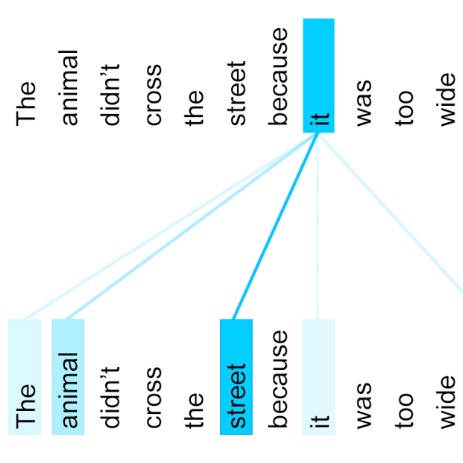Training CNNs from scratch on new domains typically demands large numbers of labeled images and computations, which is not suitable for low-power hardware. One way to reduce these requirements is to modularize the CNN architecture and freeze the weights of the heavier modules, that is, the lower layers after pre-training. Recent studies have proposed alternative modular architectures and schemes that lead to a reduction in the number of trainable parameters needed to match the accuracy of fully fine-tuned CNNs on new domains. Our work suggests that a further reduction in the number of trainable parameters by an order of magnitude is possible. Furthermore, we propose that new modularization techniques for multiple domain learning should also be compared on other realistic metrics, such as the number of interconnections needed between the fixed and trainable modules, the number of training samples needed, the order of computations required and the robustness to partial mislabeling of the training data. On all of these criteria, the proposed architecture demonstrates advantages over or matches the current state-of-the-art.
翻译:从零开始在新领域对有线电视新闻网进行培训通常需要大量贴标签的图像和计算,这不适合低功率硬件。降低这些要求的方法之一是将有线电视新闻网架构模块化,并冻结较重模块的重量,即培训前的较低层。最近的研究提出了替代模块架构和计划,从而导致减少在新领域完全微调CNN的准确性所需的可培训参数数量。我们的工作表明,有可能以一个数量级进一步减少可培训参数的数量。此外,我们提议,将新的多域学习模块化技术与其他现实指标进行比较,例如固定模块和可培训模块之间所需的互联次数、所需培训样本数量、所需计算顺序以及部分误标培训数据的稳健性。在所有这些标准上,拟议架构显示了超越或匹配当前最新技术的优势。



